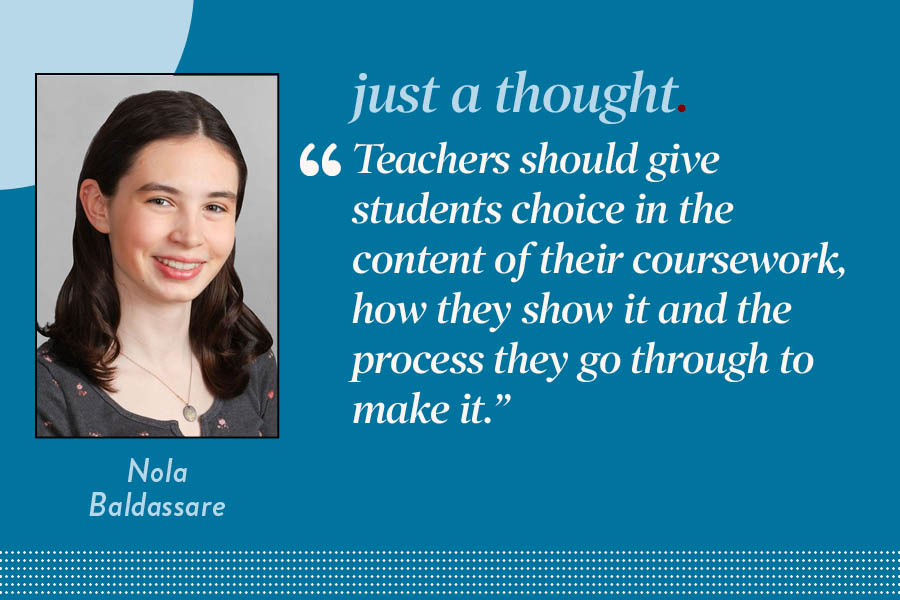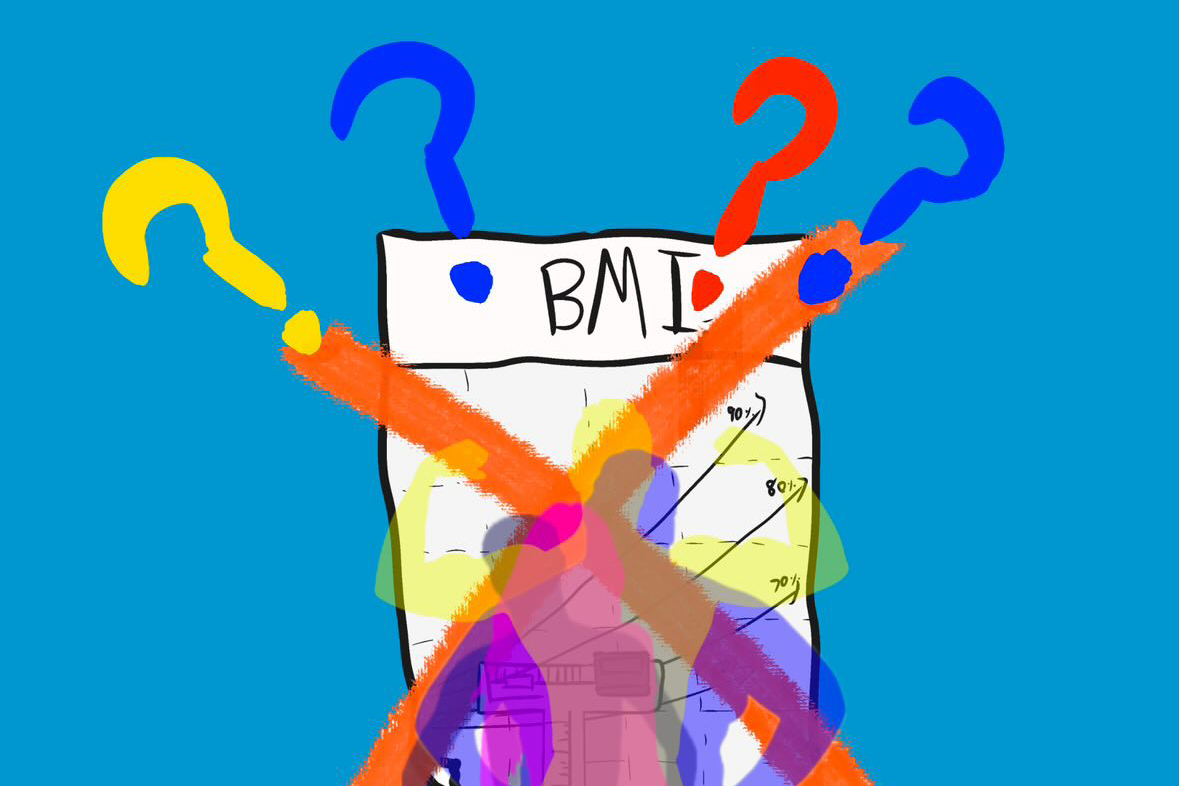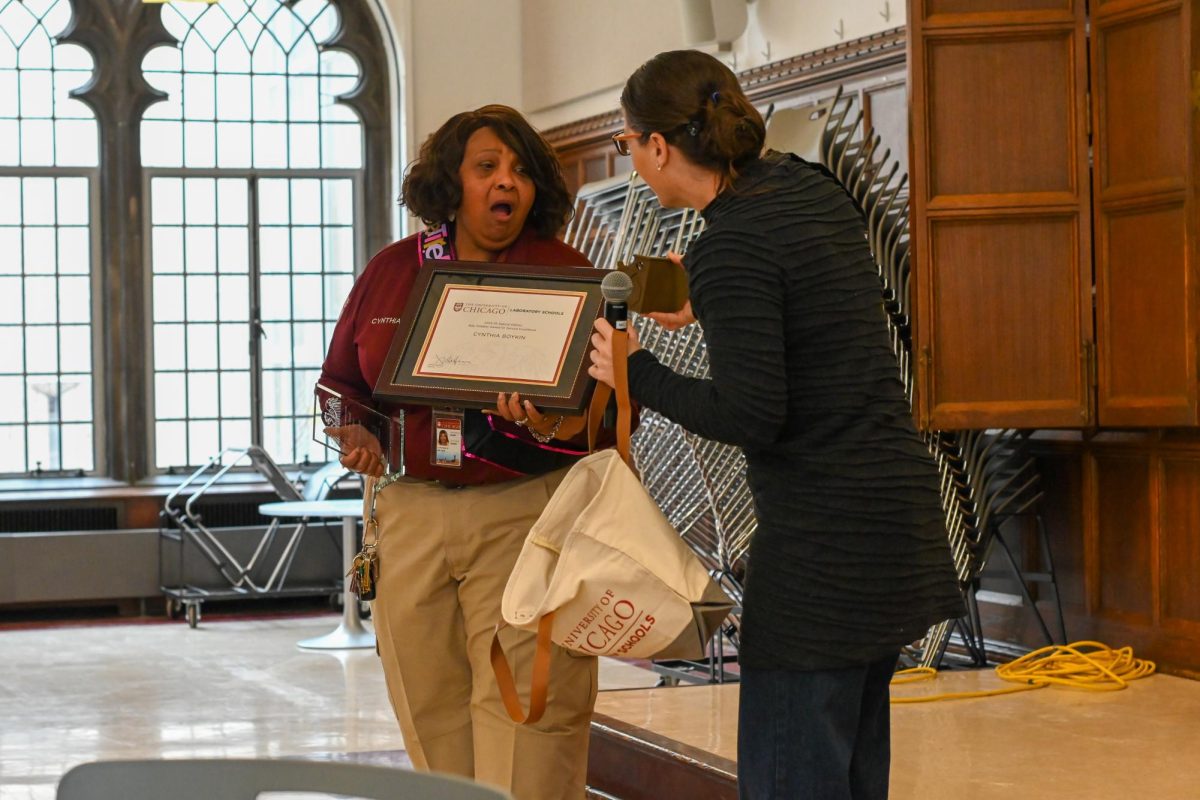You need to show Black joy. This was the Black Students’ Association request to the English department about the teaching of the book “The Bluest Eye” by Toni Morrison in a series of sessions with teachers about Black representation. The novel follows a young Black girl who wishes to have blue eyes.
The goal of the workshops was to show a more complete picture of the Black experience. BSA members wanted a new book that did not show Black struggle, but rather black success and happiness. Similar changes have been made, such as replacing “The Catcher in the Rye” by J.D Salinger.
These changes have been made to make the English curriculum reflect the diversity and needs of the student body, such as feeling represented in the books.
The decision to replace “The Catcher in the Rye” and “The Bluest Eye” came from students wanting to have an input in their English curriculum.
“Students have spoken at one point and they felt that they weren’t being adequately represented,” English teacher Maja Teref said, “not only just in terms of ‘We want to have racially more diverse voices’ but wanting multitudes of other voices that are not always the same.”
The department decided to replace “The Catcher in the Rye” with the poetry collection “Counting Descent” by Clint Smith. “Counting Descent” follows a young Black boy and the struggles of growing up and grappling with one’s lineage and history.
“We were looking for a story about coming of age that would hopefully focus on the growing up of a young boy, so that’s how we found ‘Counting Descent,’” Ms. Teref said.
Also in the English 1 curriculum, teachers have begun comparing “The Odyssey” translated by Robert Fagles to the version translated by Emily Wilson, who is the only woman to have translated “The Odyssey.” Classes also looked at Romare Bearden’s “A Black Odyssey” to provide the African American perspective.
The goal of these changes was to provide students with a different perspective and ensure that students feel like they are being portrayed in the books they read in class.
“We are not all of the same kind, we are not all the same,” Ms. Teref said. “I think that it’s important to be aware of our student body and what the needs of that student body are, and it’s important for students to be able to see themselves in these books.”





















































